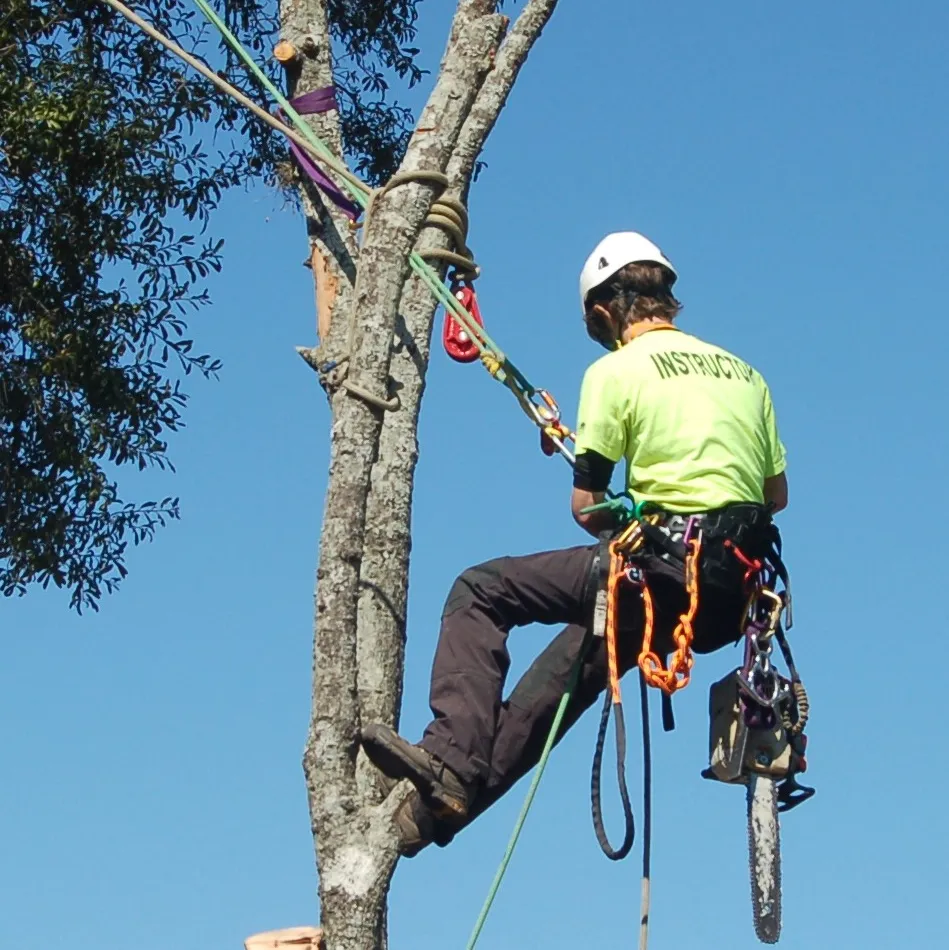Cytopsora canker
Cytopsora canker
When cankers occur on the main trunk, the flow of water and nutrients is interrupted, and branches above the infection become gangrenous. Cytospora canker can occur on trees of any age, but it is most common in trees over 15 years old, and it usually occurs when the tree is stressed or has been stressed. Common urban stressors include drought, overwatering, winter damage, insect infestations, mechanical wounds (like those caused by lawnmowers), and construction damage. Of these stressors, drought is the most common trigger for Cytospora canker. There is no cure for Cytospora canker, so preventing it in the first place is critical. Your first line of defense is your spruce tree’s overall health and vitality.

- Create a mulch bed around the base of the tree, as mulch retains moisture and protects the trunk.
- Water as required during periods of drought, but be sure to check below the mulch before watering (over watering can damage roots and weaken the tree).
- If you use a soaker hose at the base of the tree, the tree will benefit greatly, as it will not be wet on the leaves but will still get effective moisture.
- If any branches are infected, prune off the branches, making sure to disinfect your pruners between cuts to avoid spreading the fungus.
- Consider a slow-release, injected fertilizer once every two years, and this will assist the tree with maintaining its general strength and overall health.
- By maintaining these simple steps, you can support the health of your spruce tree, enabling better defenses against Cytospora canker, and effectively go about your plan for tree care.
